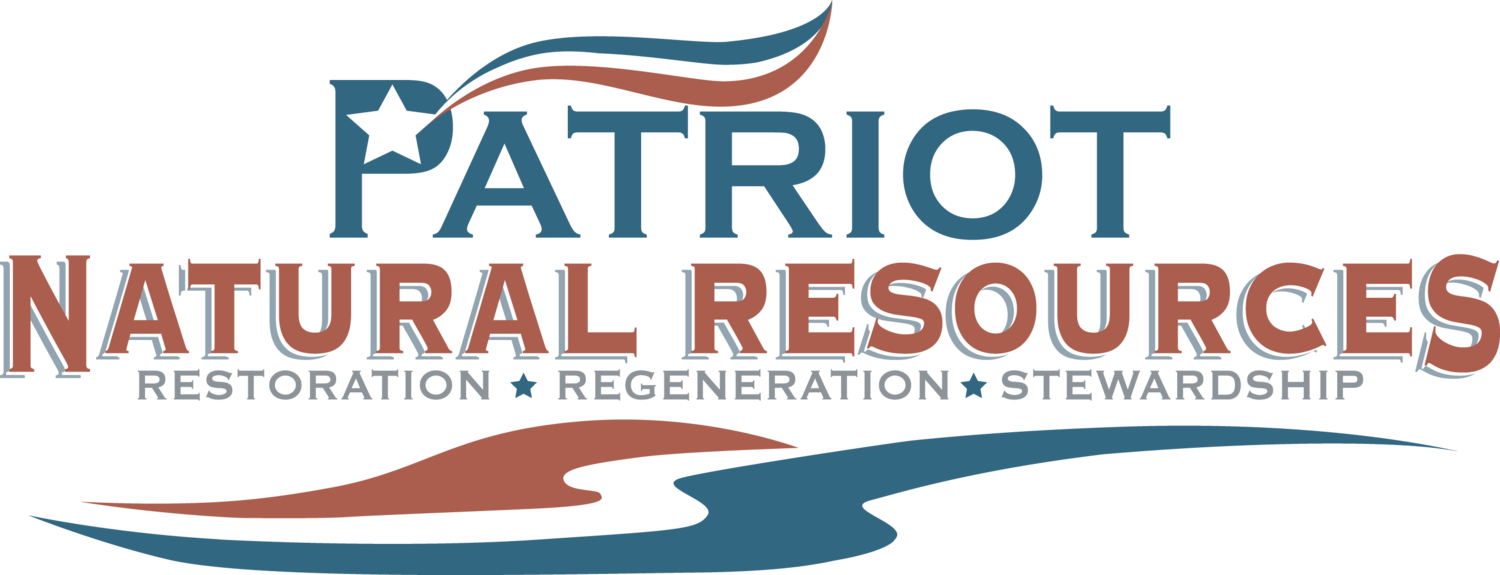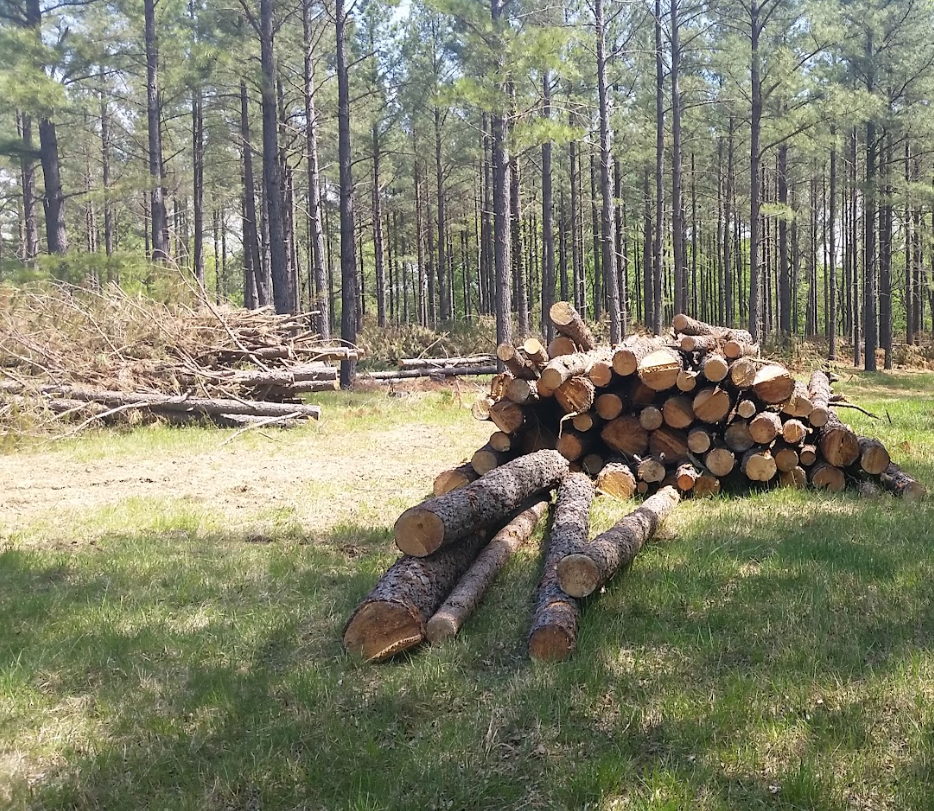Using Tree Tops from Crop Tree Releases to Create Wildlife Habitat
Turning Waste into Opportunity
When managing forests through practices like crop tree release (CTR), one inevitable byproduct is the tree tops and branches left behind after cutting down competing trees. These remnants, often seen as waste, can actually become an essential resource for improving wildlife habitat.
For property owners in Maryland and the Chesapeake Bay Watershed, using tree tops strategically is an eco-friendly way to enhance biodiversity, support local wildlife, and make the most of your forest management efforts.
Why Use Tree Tops for Habitat?
1. Natural Shelter:
Tree tops create immediate cover for wildlife, including birds, small mammals, reptiles, and amphibians. These piles offer protection from predators and harsh weather.
2. Food Sources:
As tree tops decompose, they attract insects, fungi, and other organisms, providing a steady food source for various wildlife species.
3. Nesting and Breeding Sites:
Brush piles made from tree tops serve as prime nesting and breeding sites for animals like rabbits, quail, and songbirds.
4. Erosion Control:
Tree tops placed strategically along slopes or waterways can help stabilize soil, reduce erosion, and improve water quality by filtering runoff.
5. Cost-Effective Management:
Repurposing tree tops eliminates the need for hauling or burning, reducing costs and environmental impact.
Wildlife That Benefits from Tree Top Habitats
1. Small Mammals:
Rabbits, squirrels, and chipmunks find cover and food in tree top piles.
2. Birds:
Species like quail, wild turkeys, and songbirds use brush piles for nesting and protection.
3. Reptiles and Amphibians:
Turtles, lizards, and snakes thrive in the cool, damp conditions provided by decomposing tree tops.
4. Insects:
Decomposing wood attracts beetles, ants, and other insects, supporting the entire food chain.
5. Game Species:
Deer and other large animals may use the edges of tree top piles for browsing and cover.
Best Practices for Using Tree Tops to Enhance Habitat
1. Select Strategic Locations:
• Place tree tops near existing wildlife corridors or areas already frequented by animals.
• Use them to enhance edge habitats, which are particularly attractive to many species.
• Avoid areas where brush piles could block trails or access routes.
2. Build Brush Piles:
• Arrange tree tops into loose piles about 4-6 feet high and 8-12 feet wide.
• Start with larger branches as a base and layer smaller branches on top.
• Leave openings at ground level to create access points for small animals.
3. Stabilize on Slopes:
• On slopes, align tree tops parallel to the contour of the land to reduce runoff and soil erosion.
4. Combine with Plantings:
• Surround tree top piles with native vegetation to provide additional food and cover.
• Plant species like wildflowers, shrubs, or grasses to create a more diverse habitat.
5. Monitor and Maintain:
• Check brush piles periodically to ensure they remain stable and functional.
• Remove invasive species that may take root nearby.
The Benefits of Tree Top Habitat in Maryland
In Maryland’s diverse forests and landscapes, using tree tops to create wildlife habitat offers several specific advantages:
• Support for Game Birds: Enhancing habitat for quail and turkeys supports hunting and conservation goals.
• Improved Forest Health: Encouraging natural biodiversity reduces the risk of pest outbreaks and diseases.
• Waterway Protection: Tree tops along riparian zones help filter runoff, improving water quality in the Chesapeake Bay Watershed.
How Patriot Natural Resources Can Help
At Patriot Natural Resources, we specialize in turning byproducts of forest management into opportunities for conservation and wildlife enhancement. Our services include:
• Crop Tree Release Planning: Identifying high-value trees and implementing sustainable management practices.
• Habitat Enhancement: Strategically placing tree tops and brush piles to maximize their benefits.
• Vegetation Planning: Incorporating native plants around habitat features to create diverse ecosystems.
• Monitoring and Maintenance: Providing long-term guidance to ensure your forest thrives.
Whether your goal is to attract wildlife, improve forest health, or protect your land, we’ll help you make the most of your resources.
An Eco-Friendly Approach to Forest Stewardship
Repurposing tree tops from crop tree releases is a simple yet impactful way to support wildlife, protect your property, and enhance your stewardship efforts. By working with nature rather than against it, you can create a thriving, balanced ecosystem that benefits both your land and the environment.
Contact Patriot Natural Resources today to learn how we can help you integrate tree top habitats into your forest management plan.

